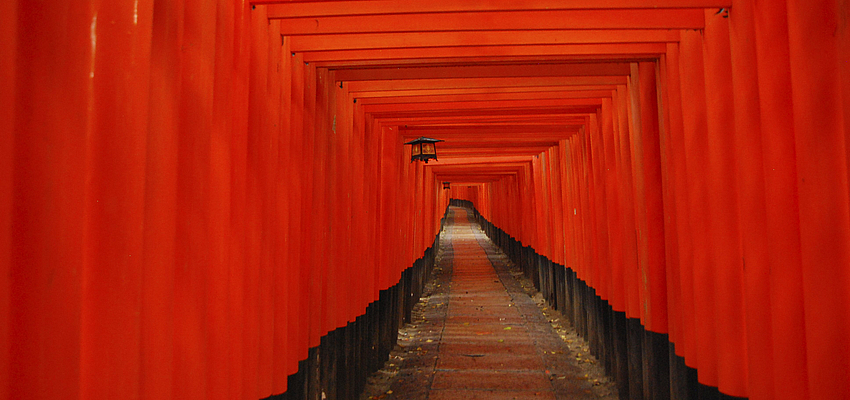


We might assume that the first inhabitants of this archipelago came from Siberia, Korea (now linked to what is today Japan), but also from China and Polynesia.
The first traces of hunter-gatherers date back to 13,000 BC. During the Yayoi period (300 BC to 250 AD), a migratory flow brought pottery, metalworking and rice farming to the Nara region. This new society split into clans and left the north of the country (what is now Hokkaido) to the Ainu, the first known inhabitants of the country. It was also during this period that Shinto came about.
The Yamato period (250-710) marked the moment when the country was first unified and when both Buddhism and the written language borrowed from Chinese to give religious teachings appeared. It was also a period marked by numerous internal power struggles, which continued until the Nara era (710-794).
The Heian Era (794-1185) was a period of peace and development of national culture (poetry, literature). It was also during this period that the Samurai first emerged. Quickly, families of these warrior classes would be put to work for the daimyo (feudal governments) and would take up arms for them.
It was during the Kamakura Era (1185-1333) that the Minamoto clan successfully and fully unified Japan for the first time and made Kamakura its capital. However, after having fought off several Mongolian invasions, the Kamakura clan had no money left to pay its Samurai, who revolted. The country was once again at war.
It would take more than 200 years for Oda Nobunaga to overthrow the imperial court and to set about restoring peace and reunifying the country; an undertaking that he passed on to his successor Hideyoshi Toyotomi who took over control of Japan in 1590.
It was during the 16th Century that foreigners and Christianity arrived in the country. The country opened up to the outside world and, despite the Tokugawa period (1600-1868) being marked by a brutal return to isolationism, the country opened itself up to the rest of the world for good during the Meiji Restoration (1868-1912). Edo, which was renamed Tokyo, then became its capital.
Under the slogan 'fukoku kyohei', (rich country, strong army), Japan developed its nationalism and imperialist aims. It won numerous wars (China, Mongolia, Korea) and took action during the Second World War, which, as we know, was met with a tragic end.
Despite the damage left behind by the war, Japan recovered incredibly quickly to become one of the greatest economic powers in the world.
At the beginning of the 1980s, under the effect of the economic bubble initiated by the oil crisis and the post-war baby-boom, which helped it reach almost full employment, Japan was the most prosperous country on the planet.
But at the end of the 1980s, when the bubble burst, it plunged the country into crisis. Even though it managed to bounce back at the beginning of the century, thanks to increased Chinese demand, the global economic crisis of 2008 hit it hard. The fact that it had the most aging population on the planet did not help.